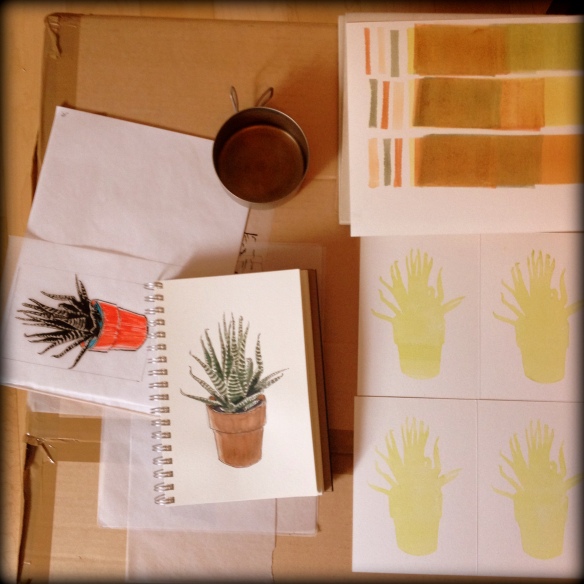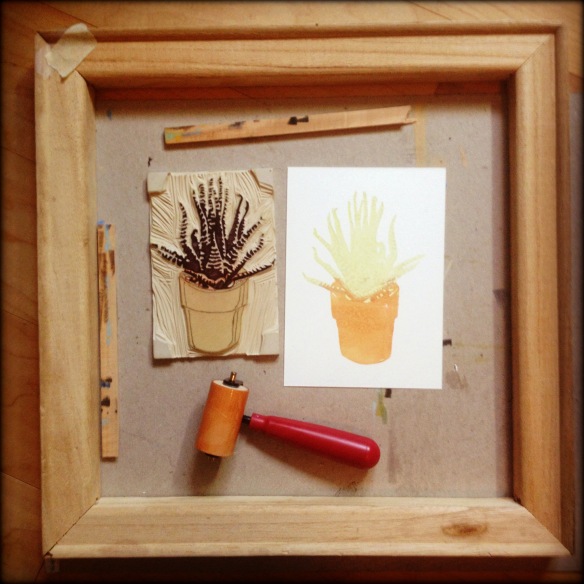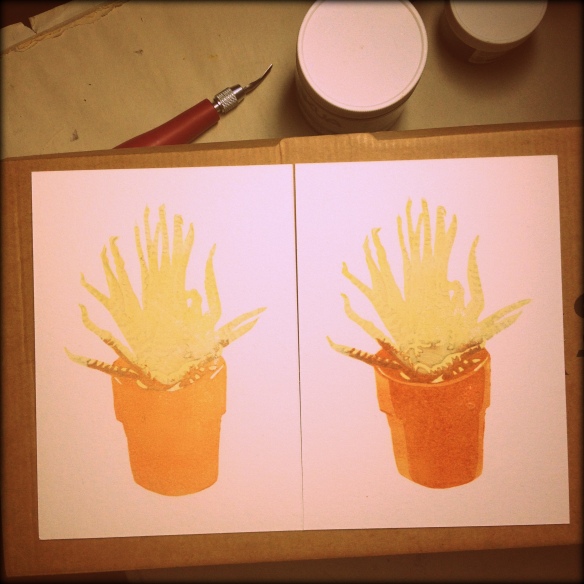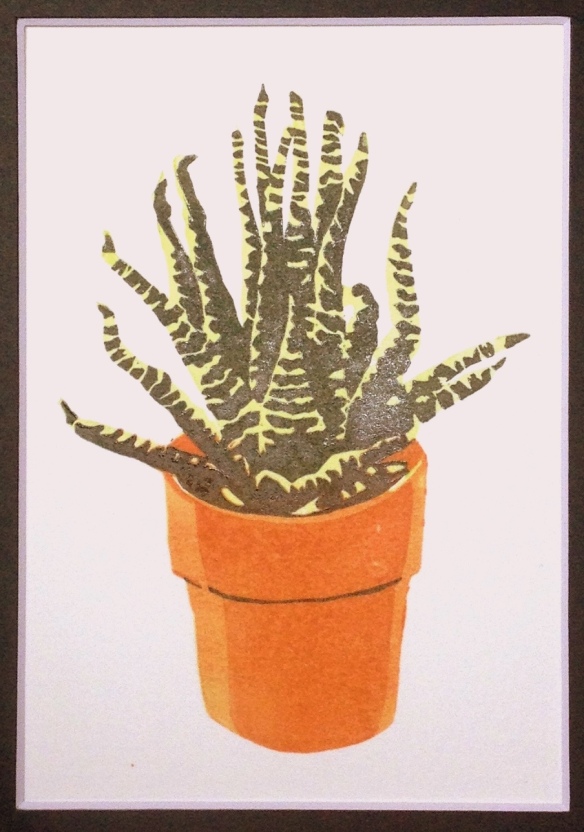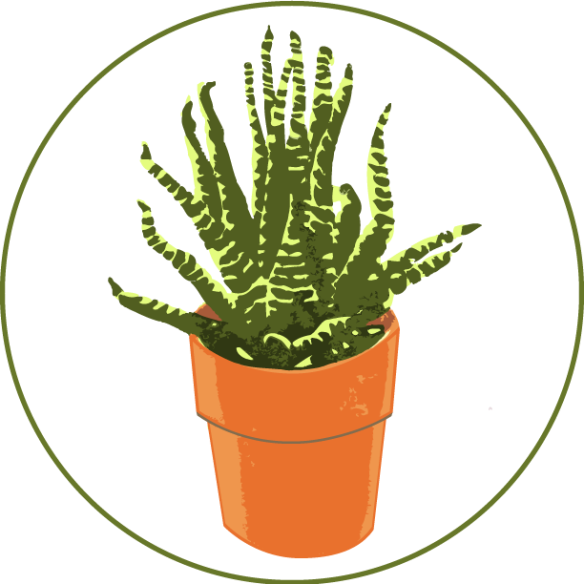
Things to do after a fire: Learn Adobe Illustrator!
At this moment, I am one of over 80,000 evacuees from the Fort McMurray wildfire. With only one 250 km road linking our town to the rest of Canada, and a mandatory evacuation order, May 3 turned into an adventure for all of us.
Our neighbourhood was the last to be told to leave. I had time to pack, not knowing where I was going nor how long I’d be gone. Not knowing, even, IF I would be told to leave. One neighbour was panicking. Another did not believe that the threat was real. I did not know what to think. I packed my laptop, camping gear, my travel journals and a hard-to-find book about printmaker Frances Gearhart.
Leaving the house was a mess of confusion. We were not officially told to go, but the fire was getting closer. I insisted we at least start heading out. It was around 4 pm.
We tried to drive to a friend’s house, 5 km further from the fire. It took 3 hours. The sky to the south was smoky. Overhead it was a pretty blue day. A couple of people were setting up their lawn sprinklers on their roofs. A few were driving on the sidewalks.
By the time we neared our friend’s house, she had already left.
The local radio stations were off the air.
CBC radio told us to head north, that the only road connecting us to the rest of Canada was closed.
We started driving on the wrong side of the highway, heading north. All four lanes were packed with gridlock traffic. Many thousands of us were proceeding to the same few oil sands camps.
I thought: the camps will run out of food and water with all of these people.
I thought: we are all going to run out of gas sitting here idling in traffic. And there is no way of refueling.
We pulled over to the side of the road and waited with a few other strangers. The sunset was exceptionally beautiful. A small Asian child was playing in the grassy strip between the lanes. The evening sunlight was radiant on his untroubled face.
The radio told us the fire would be worse tomorrow. Friends told us the highway south was reopened and they had just made it through the fiery city.
We gambled and headed south. In the darkness, we passed through the embers of Abasand Hill. Flames were licking up power poles in a gully. On one side of the road, a hotel had collapsed into itself, still burning.
RCMP officers directed traffic. They were so hard to see, in the dark, without flashlights, standing in the middle of intersections.
We were all exceptionally polite. No panicking, no trying to get ahead. We waited our turns in traffic. We let others merge. Like good Canadians.
I have often wondered what it means to be Canadian. Now I think I know. And I’m proud.
Wearily we all drove south, inching forward in the dark. A 15 minute drive took 2.5 hours. After that first intersection, there was no way of scoring our distance. Just miles and miles of traffic, parked cars, abandoned cars and dark forest.
At 2 am we pulled over and slept until 5, then kept driving.
We were lucky, we had a full tank of gas. Enough to get out.
It has been 10 days since we were forced to leave. No one knows when we will be allowed back into town – a schedule will be posted in about 10 more days.
For the first three or four days, I was both numb and glued to the drama – following #ymmfire on Twitter, scheduling activities around updates from the premier, taking in all the radio and news coverage I could find.
I was also texting and calling almost everyone I know from town, checking on their locations, listening to their stories.
How are you, where are you, how did you get out, is your house still standing.
Apocalyptic images kept coming through the media – flattened neighbourhoods, burned out cars, 100 foot flames leaping out of the trees. I was transfixed.
On day 6 I wondered when I would feel like making art again. Most things seemed meaningless. Particularly the work I’d been doing the day we were forced out – and I had been so invested in it at the time. I couldn’t imagine wanting to work, or make art, or study.
On day 7 I found a wonderful post on a Fort McMurray Facebook group: What weird thing did you pack when you were fleeing the fire? Some of the answers:
- Snowpants and cheese slices
- A bear head
- Avalanche beacon
- Pie plate
- Oatmeal and ketchup
I cried with laughter. And relief.
On day 8, I started doing a small side job in graphic design.
On day 9, for the first time since the fire, I woke up happy to get out of bed. My first thought was about the design project.
Today is day 10. I made the cactus above, using a photo of a linocut print I made this winter. I am keeping busy learning more about Illustrator. Life has no schedule at the moment. I’m not sure what each day will hold.
As for me, I am trying to hold the beauty of each day.
All the best,
Sophie


